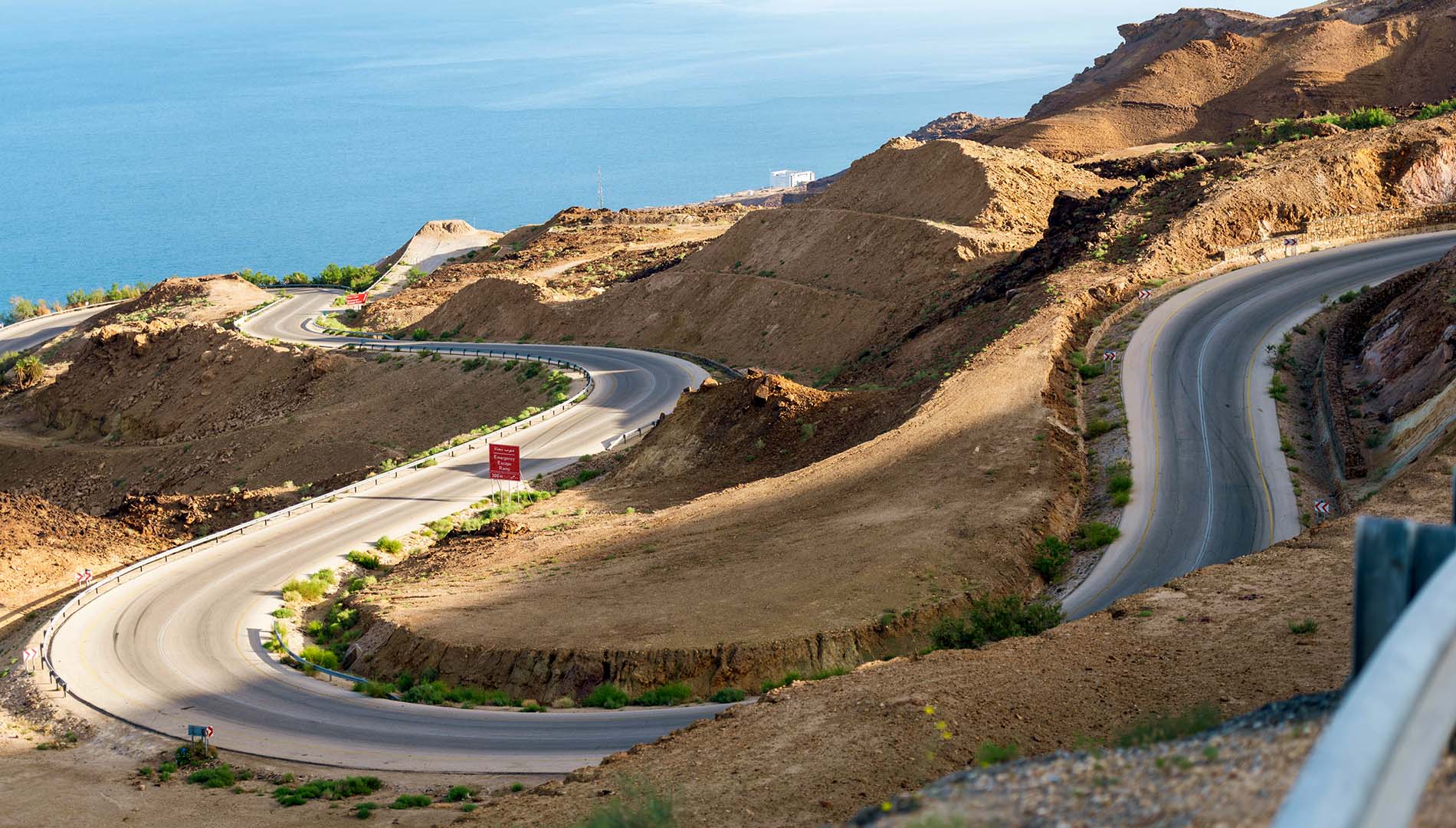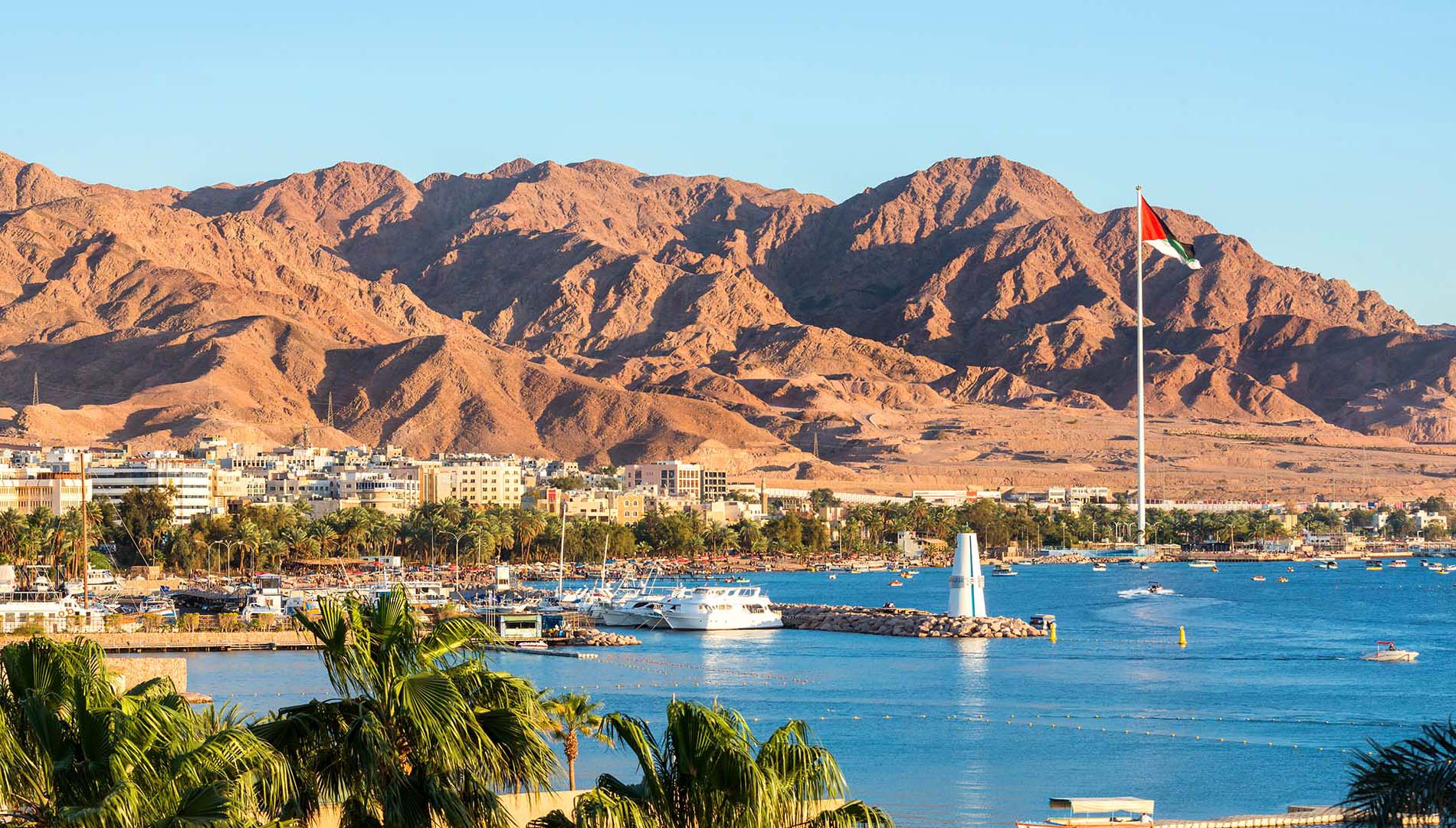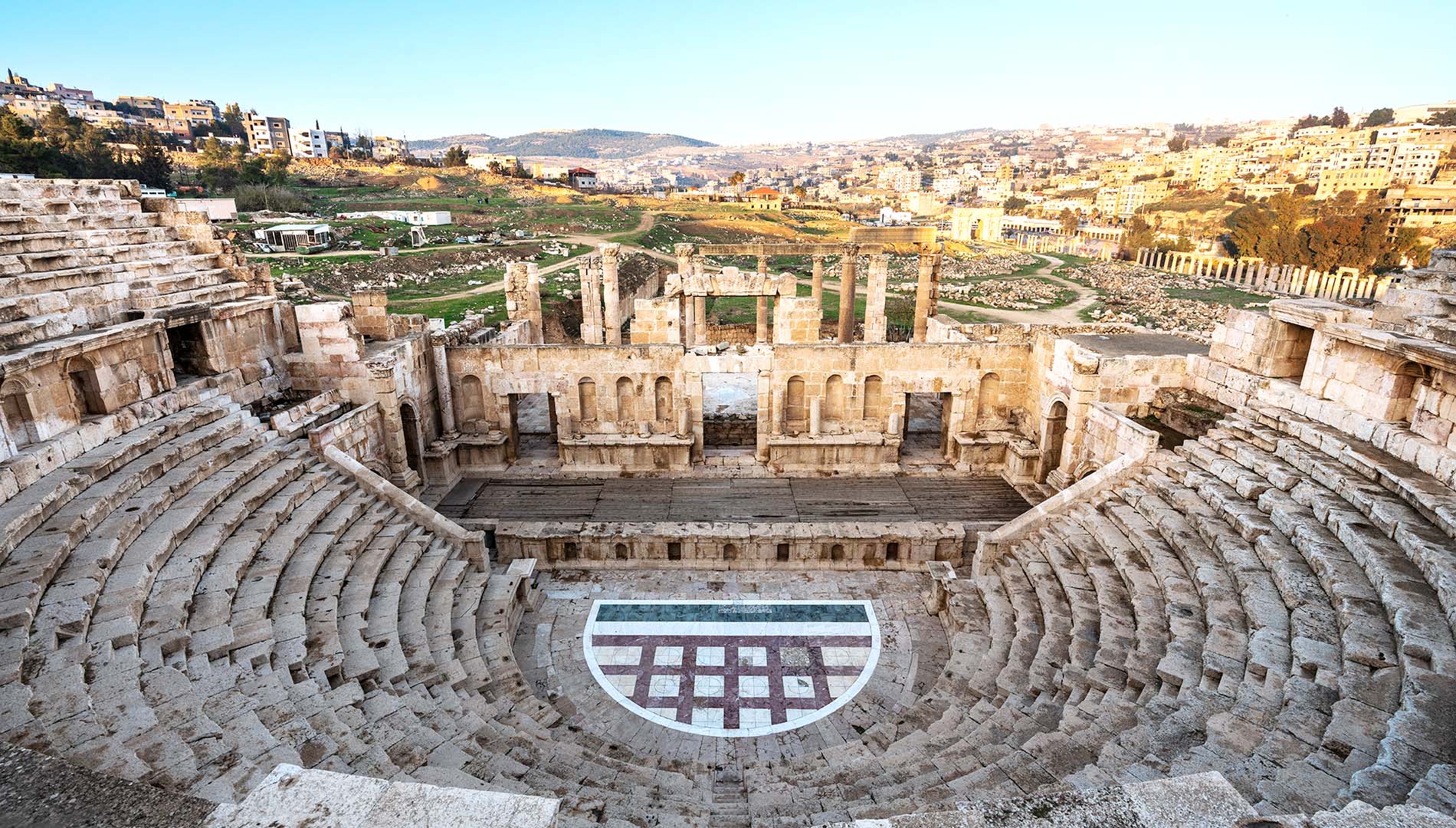
Visit a piece of Greco-Roman history in Jordan. (Photo: Getty Images)
Tips + TrendsThe Jordan Less Traveled: 5 Great (and Unexpected) Day Trips from Amman, Jordan
By Chaitali PatelAlthough compact in size, Jordan boasts of a number of historical and geographical wonders. Of these, the mystical ruins of Petra, the otherworldly landscape of Wadi Rum and the mind-boggling Dead Sea get the most eyeballs.
But for those looking for more, there are smaller archaeological finds, cultural sites and glorious outdoor attractions to be uncovered.
Make time in your itinerary for these lesser-known wonders of Jordan that are equally as magnificent and delightful to discover and experience as their more-crowded counterparts. And they’re all within perfect day trip distance of Amman.
As always, check for travel guidelines and closures before planning your trip.
Jerash
Continuously inhabited for the last 6,500 years, Jerash is known for its remarkably well-preserved Greco-Roman ruins. One of the 10 Hellenistic cities that made up the Decapolis League during Roman rule, Jerash begs for slow exploration.
From the imposing Hadrian’s Arch, built around A.D. 129, walk to the magnificent oval plaza, or forum, ringed with 56 Ionic columns. Then pass through the colonnaded street via a paved walkway dotted with wildflowers to the nymphaeum, a fountain dedicated to nymphs, lined with ornate Corinthian columns.
If you think you have seen it all by this point, you’ll be pleased to find more. Continue walking to the immaculately preserved north theater and then on to the huge south theater, big enough to seat nearly 3,000 spectators.
Mount Nebo
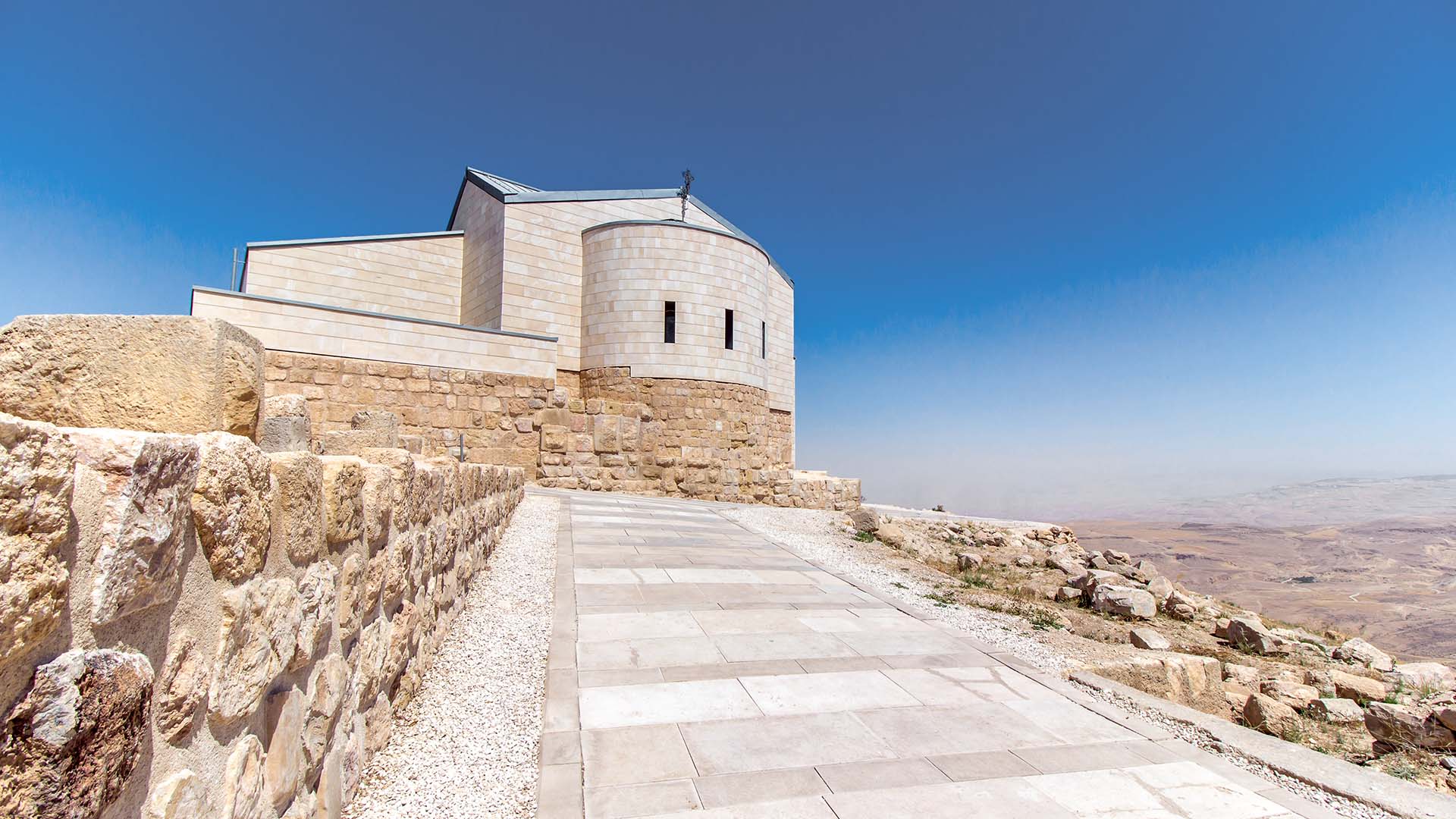
There’s a palpable feeling of serenity and divinity at Mount Nebo, about 21 miles (33 kilometers) southeast of Amman. On a clear day, from the mountaintop, you can see all the way to the Jordan River, Dead Sea and beyond to Jerusalem.
Legend goes that it was from here that Moses had his first sighting of the Promised Land, which he was barred from entering. He’s believed to have lived on Mount Nebo until his death, and some believe he’s buried nearby, although there’s no clear evidence of this.
The fourth-century Moses Memorial Church on Mount Nebo has a fabulous collection of Byzantine mosaics representing wildlife and hunting scenes.
Be on the lookout for the towering Brazen Serpent sculpture by Italian artist Gian Paolo Fantoni, a serpentine cross that references the biblical stories of both Moses and Jesus.
Madaba
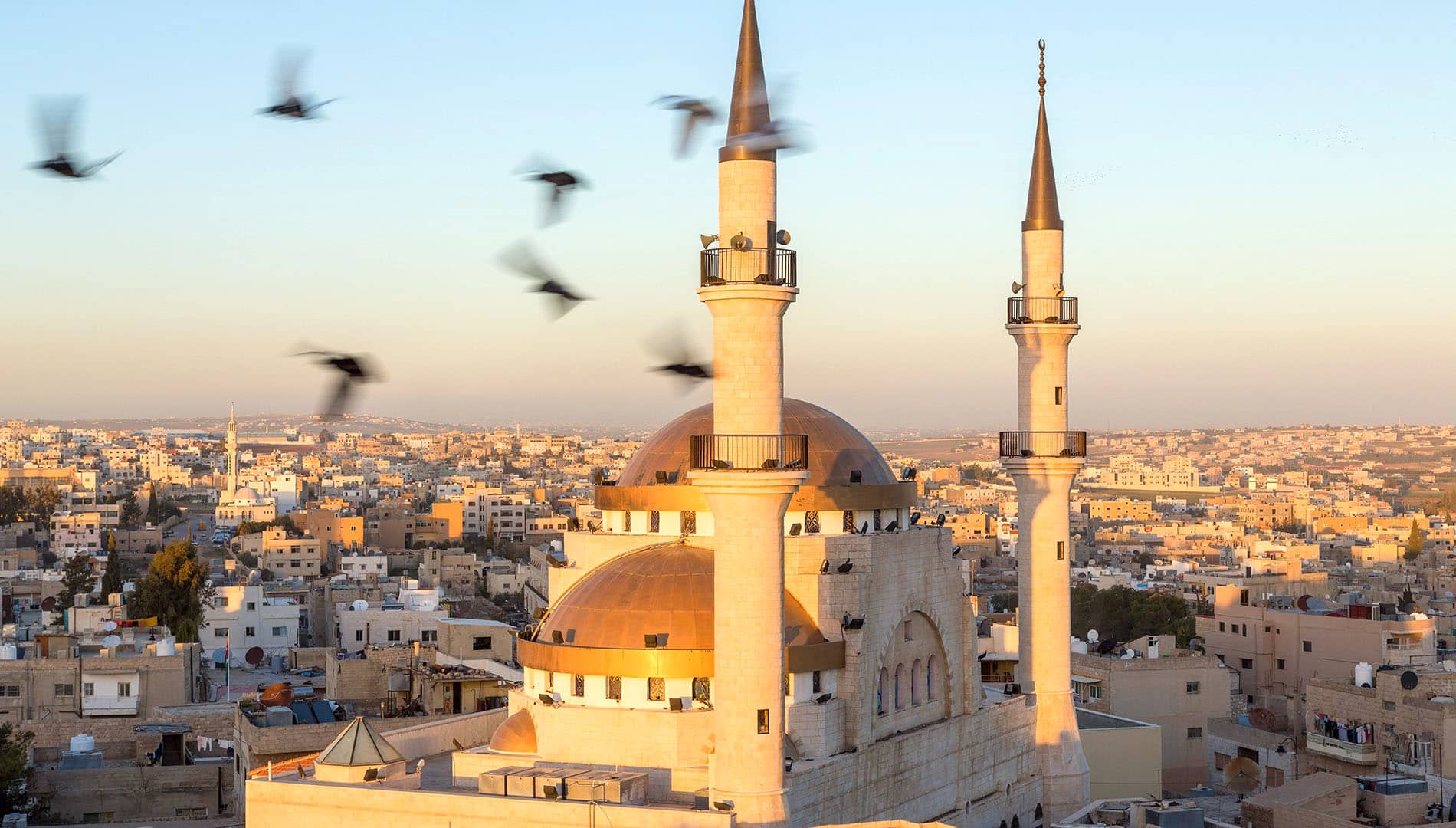
You know you have arrived in Madaba, about 20 miles from Amman, when you start seeing shops selling mosaics in all shapes and sizes.
Inside the small and peaceful Greek Orthodox St. George’s Church lies the town’s biggest draw: an exquisitely detailed sixth-century mosaic of the region, thought to be the oldest mosaic floor map in existence.
What remains of the map, originally made with millions of colored pieces of stone, displays an astonishing amount of detail, capturing the area from Lebanon stretching all the way down to the Nile River delta.
If you haven’t had your fill of mosaics, head to the nearby Archaeological Park, an open-air museum, to peruse Roman ruins and Byzantine mosaics.
The sixth-century Church of the Virgin Mary inside the park has an impressive mosaic with intricate geometric designs that was hidden for years beneath a private home until its excavation in 1887.
Umm Qais
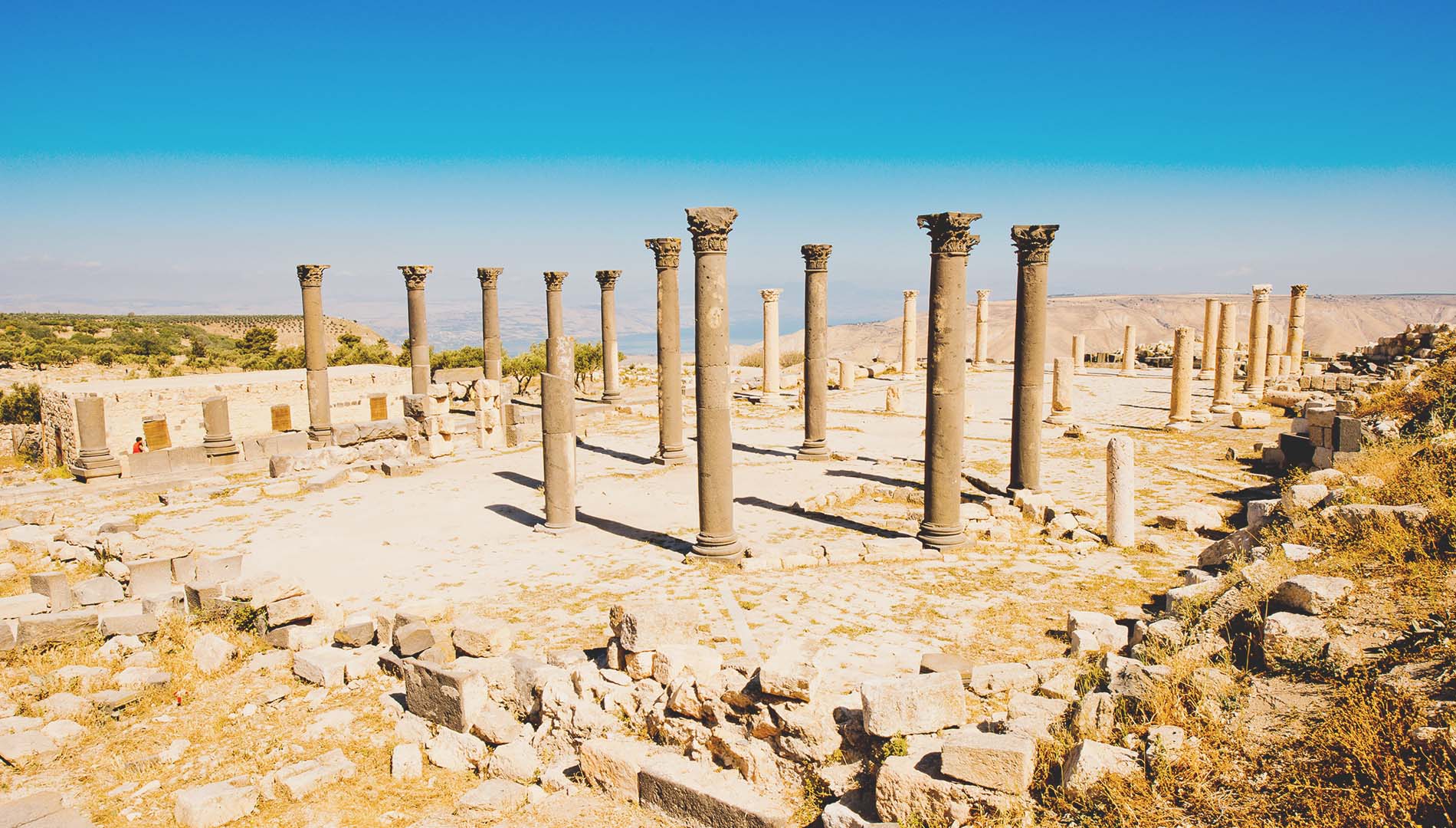
Located on a hilltop looking down over the Jordan Valley and far out to the Sea of Galilee, Umm Qais is known both for its fantastic views as well as its impressive ruins.
Roughly two hours by road from Amman, it’s a perfect day trip to explore the remnants of a well-laid-out ancient Roman city, Gadara, which like Jerash was part of the Decapolis League.
Meander along a still-paved central road with imposing columns and visit a well-preserved ancient theater. Also, look out for an abandoned Ottoman-era village that was occupied as recently as the 1980s.
In Umm Qais, picked in 2022 as one of the Best Tourism Villages by the United Nations World Tourism Organization, culture fiends can look forward to partaking in a variety of activities that offer deeper insights into local life and customs.
There are plenty of options through local tour operators, from olive picking to beekeeping and cooking lessons.
Aljoun
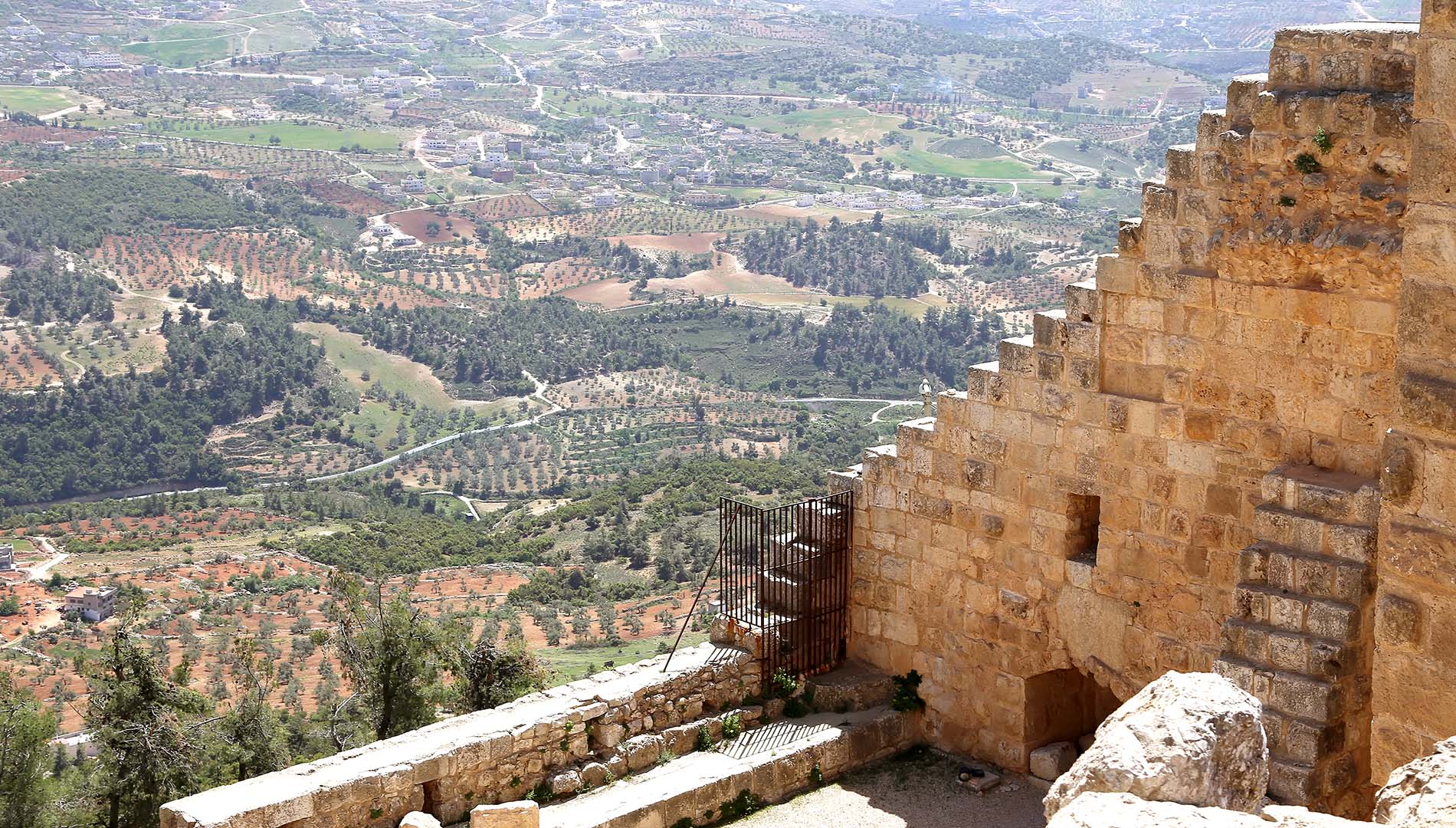
Leave Amman’s urban sprawl for Aljoun’s verdant slopes and pleasant weather, just over an hour away. Covering 5 square miles (13 square kilometers), the Royal Society for the Conservation of Nature’s (RSCN) Aljoun Forest Reserve is home to evergreen oak, pine, carob, pistachio and wild strawberry trees.
The best way to explore this magical corner of Jordan is through its many hiking trails. The nearby Aljoun Castle is an imposing 12th-century fortress built on a hilltop that offers spectacular views of Jordan Valley and beyond.
A small on-site museum has on display a collection of mosaics, medieval weaponry and other artifacts.
In the village of Orjan, visit the Soap House, part of the RSCN’s community development initiatives, where local women craft handmade soap from olive oil.
At the Biscuit House, sample a variety of edible goodies made using the finest of naturally sourced ingredients from the region.
A short walk away, in the nearby village of Rasun, visit the House of Calligraphy to watch a demonstration of Arabic calligraphy. Those who are interested can also learn the basics through guided workshops.





